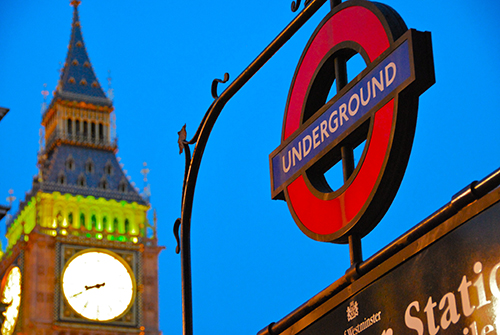The British are upgrading the London Underground to “contactless” payments, where riders simply hold up a special credit card or phone to a card reader and automatic withdrawals are taken from their accounts.
Anyone who has ever ridden the San Francisco or Washington, DC metro systems may be irritated that we don’t have this technology in the U.S. already. Metro systems in both cities, and countless others, are outdated, run slowly, and make for congestion at almost all hours of the day. Surely anything that could boost commute speed is good right? Well…
1. Contactless payments basically work like glorified RFID chip readers. Your card is exposed to a radio signal and, if it matches, bounces the signal back to make a transaction. However, radio signals can be hacked. Rather than equip every contactless terminal with a 50 terebyte hardrive worth of encrypting protocals, the signal has to be made very weak (no more than a few inches). So you still have to approach the terminal and stop to wait for the machine to read your card. The process was actually, until recently, slower than simply running your card through a machine.
2. Do you want Visa to know where you are? Every day? Because the new contactless readers don’t just track when you make a payment and where. They also track when fairs are deducted from Underground metro cards and at which location. This allows companies to quickly figure out your daily commute, where you buy coffee, and at which point they can most likely persuade you to upgrade to a bagel.
What do you think? Are these two points just small prices to pay for convenience?


